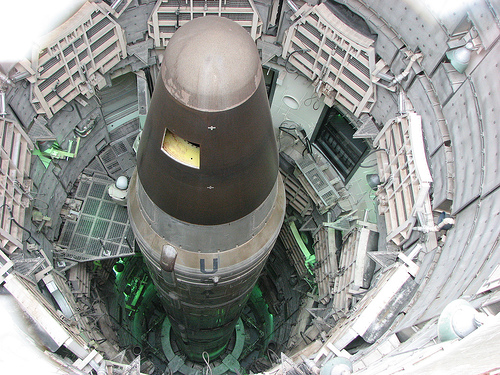The United States has maintained forward-deployed nuclear weapons in Europe for more than six decades. That may soon come to an end, argue Dr. Jeffrey A. Larsen, a retired Air Force command pilot and expert on arms control, in his Atlantic Council issue brief “Future Options for NATO Nuclear Policy.”
Unless current trends are altered, US nuclear weapons may not have many years left before they are removed from NATO Europe through mechanisms driven by everything except a conscious Alliance decision. Larsen explores eleven alternatives NATO should consider for its nuclear future.
Findings of this issue brief include:
- If current trends continue, maintaining the status quo of nuclear weapons stationed in Europe with modest technical updates is most likely in the near term.
- At some point the United States will likely decide to end its long-standing deployment of nuclear forces in Europe, whether unilaterally, or at the request of its allies.
- If NATO can determine that maintaining European-based non-strategic nuclear capabilities is critical to the long-term health of the Alliance, we may yet see another generation of nuclear burden sharing within the Alliance.
“Larsen’s brief demonstrates the importance of an inclusive and frank debate within the Alliance about NATO’s deterrence posture to ensure that Alliance decisions about US nuclear weapons in Europe are based on strategic thought and consensus and not Alliance inertia and inaction” said Barry Pavel, Arnold Kanter Chair and director-designate of the Brent Scowcroft Center on International Security at the Atlantic Council.
This issue brief builds on the Atlantic Council’s work on NATO nuclear issues, including “Nuclear Issues for NATO After the Strategic Concept,” published last month by former Under Secretary of Defense for Policy Walt Slocombe. In that brief, Slocombe argues that the NATO Strategic Concept leaves unanswered important questions about NATO’s future nuclear doctrine, posture, and capabilities that could prove a source of tension within the Alliance in the months and years ahead.
Image: nuclear-ICBM.jpg
